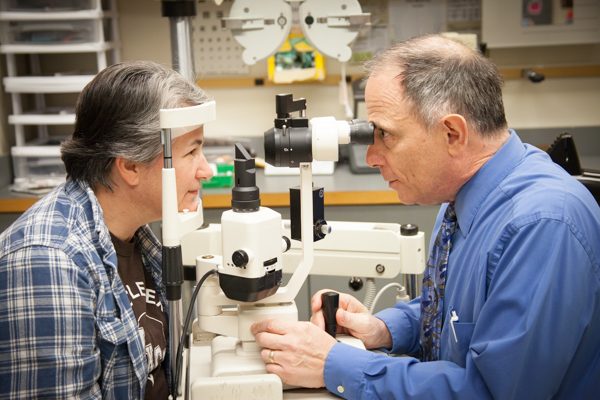Regional Glaucoma Service Near Me: Trusted Specialists for Eye Health
The Role of Advanced Diagnostic Tools in Identifying Eye Disorders
In the realm of ophthalmology, the usage of innovative analysis tools has actually reinvented the very early identification and monitoring of numerous eye disorders. As the demand for exact and prompt medical diagnoses continues to grow, the assimilation of sophisticated tools like optical coherence tomography and aesthetic area testing has become indispensable in the realm of eye care.
Importance of Early Medical Diagnosis
Very early medical diagnosis plays a pivotal duty in the effective monitoring and therapy of eye disorders. By discovering eye problems at an early phase, medical care carriers can use suitable therapy plans customized to the particular condition, inevitably leading to far better end results for individuals.

Innovation for Spotting Glaucoma
Advanced diagnostic modern technologies play an essential function in the early discovery and monitoring of glaucoma, a leading reason for irreversible blindness worldwide. One such modern technology is optical comprehensibility tomography (OCT), which provides in-depth cross-sectional pictures of the retina, enabling the measurement of retinal nerve fiber layer thickness. This dimension is vital in analyzing damages triggered by glaucoma. Another innovative tool is aesthetic field testing, which maps the sensitivity of a client's aesthetic field, helping to identify any type of areas of vision loss attribute of glaucoma. Additionally, tonometry is made use of to measure intraocular pressure, a major danger aspect for glaucoma. This examination is important as raised intraocular pressure can lead to optic nerve damages. Additionally, newer modern technologies like making use of expert system formulas in assessing imaging information are revealing promising cause the early detection of glaucoma. These innovative analysis devices make it possible for ophthalmologists to detect glaucoma in its beginning, permitting for timely intervention and better monitoring of the disease to stop vision loss.
Function of Optical Comprehensibility Tomography

OCT's capacity to measure retinal nerve fiber layer density enables for exact and unbiased dimensions, assisting in the very early detection of glaucoma even before visual area problems become noticeable. Generally, OCT plays a check my source vital role in boosting the analysis precision and monitoring of glaucoma, inevitably adding to much better outcomes for people at risk of vision loss.
Enhancing Medical Diagnosis With Visual Field Screening
An essential part in comprehensive ophthalmic evaluations, aesthetic area testing plays a crucial role in boosting the analysis process for different eye problems. By evaluating the complete level of a client's aesthetic area, this test provides critical details regarding the practical integrity of the entire aesthetic path, from the retina to the visual cortex.
Aesthetic area screening is specifically important in the medical diagnosis and management of problems such as glaucoma, discover here optic nerve find this conditions, and various neurological diseases that can influence vision. Through quantitative dimensions of outer and central vision, clinicians can spot subtle modifications that may suggest the visibility or progression of these problems, also before recognizable symptoms occur.
Additionally, aesthetic area screening permits for the tracking of treatment effectiveness, assisting ophthalmologists customize restorative treatments to specific people. eyecare near me. By tracking modifications in aesthetic area efficiency gradually, doctor can make educated choices about readjusting medicines, suggesting medical treatments, or applying various other ideal actions to maintain or enhance an individual's aesthetic function
Managing Macular Degeneration

Conclusion
In verdict, advanced diagnostic devices play a critical function in recognizing eye problems early on. Technologies such as Optical Comprehensibility Tomography and visual field testing have actually considerably improved the precision and effectiveness of identifying problems like glaucoma and macular deterioration.